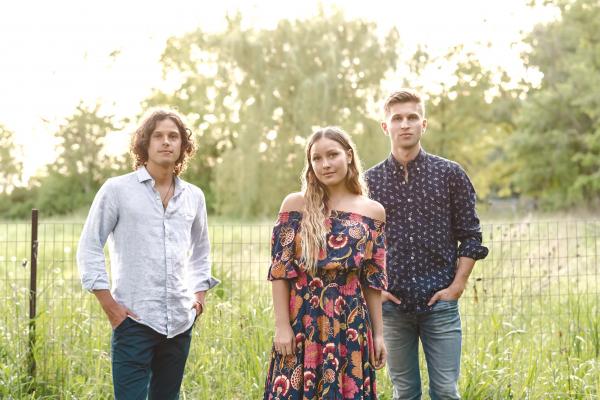On Dec. 14, siblings Bekah, Caleb, and Joshua Liechty, collectively known as Girl Named Tom, became the first group to win NBC’s The Voice after 20 seasons of solo winners. In a blind audition, the siblings delighted the four celebrity coaches with their tight harmonies, but each of the three got a chance to shine throughout their performances. With the enthusiastic support of their coach, Kelly Clarkson, the trio presented new arrangements of beloved classic rock, country, and folk hits.
The Liechty siblings grew up attending Zion Mennonite Church in Archbold, Ohio, and brothers Caleb and Joshua are graduates of Goshen College, a Mennonite college. While Bekah and Joshua, who spoke with Sojourners, consider their faith identity to be “in exploration,” they continue to be rooted in Mennonite community.
Read the Full Article

